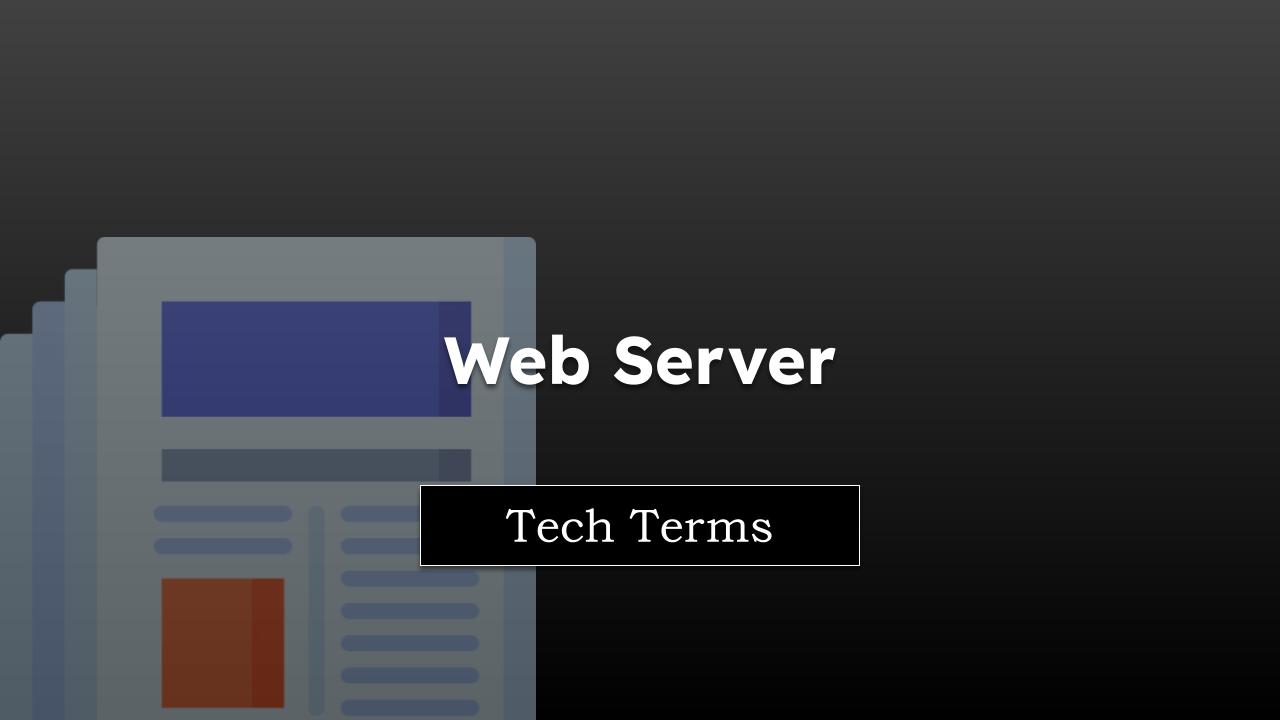In essence, an API is a messenger. It’s a set of rules that allows one software application to interact with another.
Just like how you might order a meal at a restaurant – you (the user) give your order (a request) to the waiter (the API), who then brings it to the kitchen (the system) and delivers back your meal (the response).
Note: The page is part of the browser vocabulary to help you understand technical terms.
In this guide, I have shared written instruction about:
API and the Browser
When surfing the web, APIs are at work behind the scenes. Your browser sends a request via an API to a server that holds the website’s data. This server then responds via the API, sending back the information your browser displays as a webpage.
For example, if you’re checking the weather on a website, your browser uses an API to request weather data from a server. The server, in turn, sends this data back to your browser, which then displays the information in a format you can easily read and understand.
An Easy-to-Understand Example
Imagine you’re at a busy train station with many different languages being spoken. You need to find your way to the platform for your train, but you don’t speak the local language.
In comes a helpful translator (this is the API). You ask the translator in your language where the platform is (this is your request). The translator then asks the station staff (the system) in the local language. The staff provides the platform number to the translator, who then tells you the platform number in your language.
This communication process between you, the translator, and the staff is akin to how APIs function in the digital world.
Bottom Line
Simply put, APIs act as the go-between that facilitates communication between your browser and the systems it interacts with. They play a crucial role in your web browsing experience, fetching and sending data back and forth to display the information you need.
So, the next time you’re browsing the web and information loads at the click of a button, you know you’ve got APIs to thank for the smooth experience!
Lastly, if you've any thoughts or feedback, then feel free to drop in below comment box. You can also report the outdated information.







